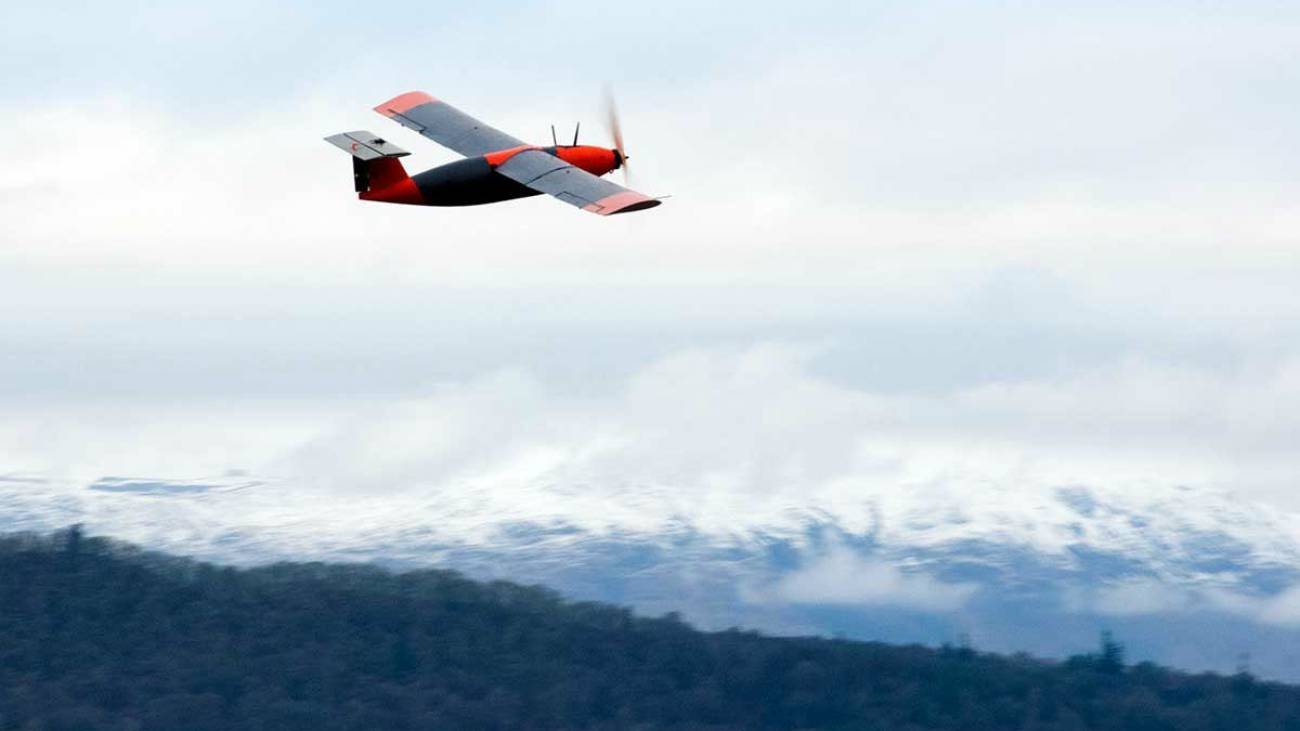Flying on Hydrogen

A hydrogen-fuelled plane will soon be tested in the Orkney Islands in Scotland, said UK Minister of Transport Grant Shapps during his visit to Cranfield University, Europe’s largest center for aerospace technology. The environmentally friendly and technologically reliable aircraft will fly five hundred kilometers with six passengers on board. This demonstration will be a key step in the aviation’s zero emissions strategy. Conveyor production of hydrogen fuel cell engines will be launched in three years.
The history of the creation of hydrogen-powered aircraft can be traced back to the last century. However, it was only in 2008 that the first officially recorded manned flight of a two-seater Boeing took place. That project has not enjoyed much follow-up: using the classic fossil fuel has turned out to be cheaper and, most importantly, safer. After all, hydrogen has high volatility and ease of ignition, which for a confined space is literally explosive. The British designers are believed to have resolved this problem.
Hydrogen fuel cell engines are already used on the ground with a lot of success. Hydrogen-powered subcompacts, crossovers, trucks and buses travel the roads of Eurasia, the USA and Canada. A number of countries have proved the economic feasibility of hydrogen-refueling stations, although the cost of building them is still several times higher than that of constructing conventional gasoline stations. Safety is a significant factor too. On June 10, 2019, a hydrogen fueling station in Sandvika, Norway literally took off following a gas leak. The power of the explosion was so great that an earthquake was observed in a 30 km area. The Nordic country has shut down all hydrogen refueling. But only until the causes of the accident are fully identified.









